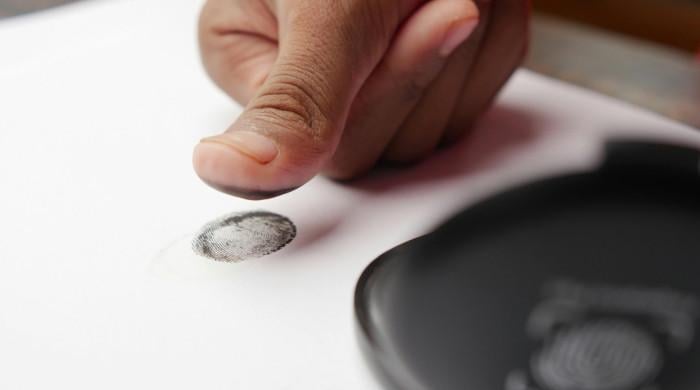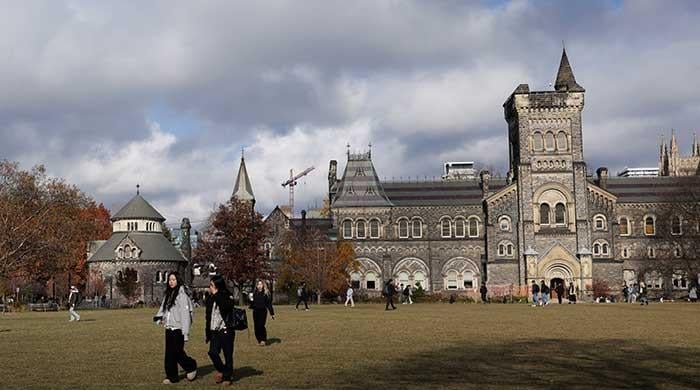South Korean researchers unveil futuristic 'flying shopping cart'
Researchers' innovation is used to deliver cargo, food, medical supplies, but commercial applications are largely limited
October 23, 2024

South Korean researchers have unveiled an innovative transport drone that operates on multiple flexible rotors, capable of self-correcting to maintain stability in flight.
This prototype, developed by a team from the Seoul National University of Science and Technology, functions as a "flying shopping cart", designed to carry items over uneven terrain, including stairs.
The drone features a cargo platform guided by a user, who employs gentle force to naviigate the hovering device.
Demonstrations by team members showcased its ability to move objects up and down stairs while maintaining a steady balance through a sophisticated center of mass estimation algorithm.
To move objects over uneven terrain or stairs when a wheeled cart cannot, the drone responds to human control with what the developers call a physical human-robot interaction technique that anticipates human intentions for smooth flight, said Lee Seung-jae, professor of mechanical system design engineering.
But the broader focus of Lee's team is not on developing a shopping cart to be used over steps, but instead on applications that would use a drone with reliable horizontal stability without pitching and rolling.
"The Palletrone can be more than a flying shopping cart," he said, referring to the name the team gave the prototype by joining the words pallet, which is the platform for cargo on top, and drone.
Lee's team has tested a platform to carry objects up to 3 kilog, and concedes commercial applications for cargo transportation at such a small weight easily carried by humans is limited.
Still, the mechanism that allows the drone to change directions in flight without banking and to maintain level attitude has applications for delivering sensitive or fragile payloads, Lee said.

But Lee's team is looking further ahead for the technology's potential use for uncrewed "flying taxis" carrying humans and for drones to be "refuelled" mid-air, by changing batteries so the aircraft do not need to return to base for a fresh charge.
Multi-rotor drones are inherently limited in speed and range compared to fixed-wing drones but have better control and manoeuvrability, including the ability to hover in flight.
They have been used to deliver cargo, food and medical supplies, but commercial applications have been limited largely because it is impractical to increase the size of the battery enough to transport a heavier payload over a longer distance.
Seoul Tech's work was published in Institute of Electrical and Electronics Engineers (IEEE) Robotics and Automation Letters this year, the publication of the Institute of Electrical and Electronics Engineers based in New York.









